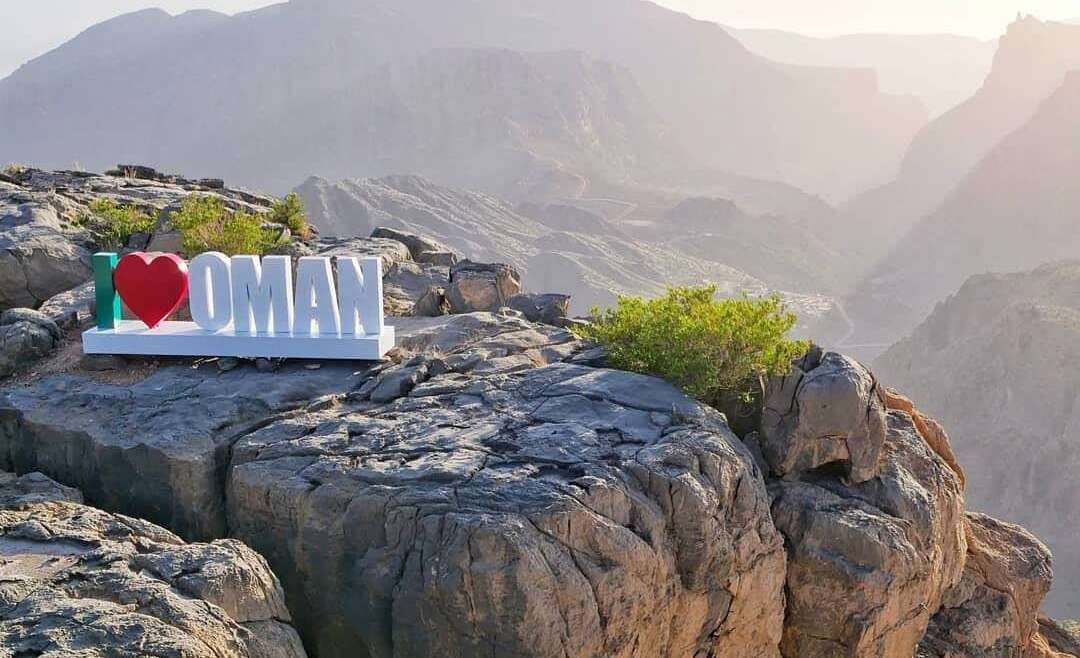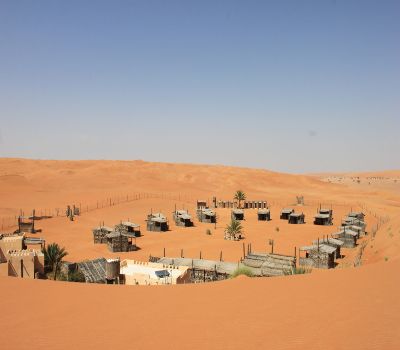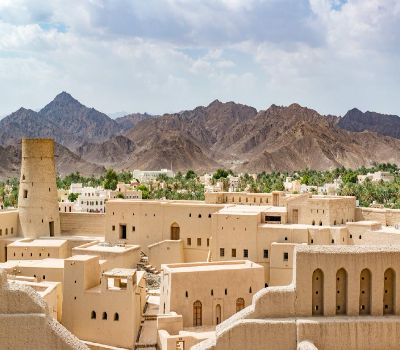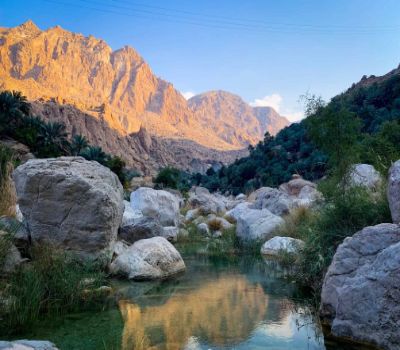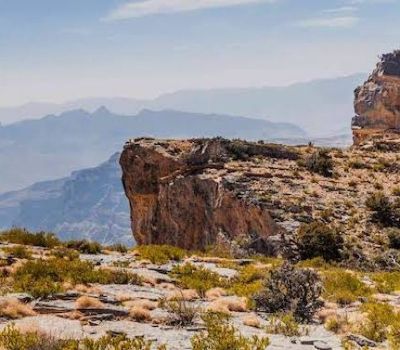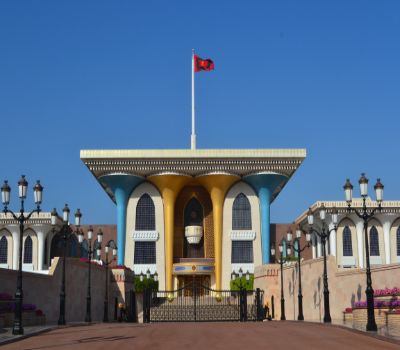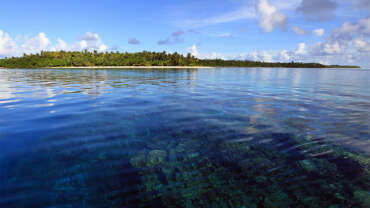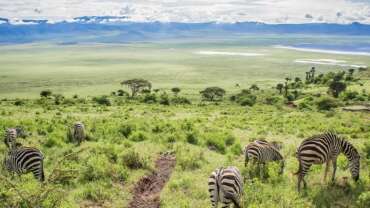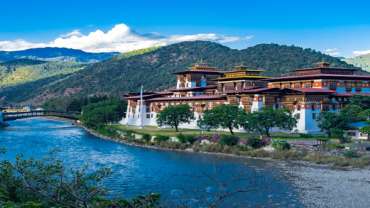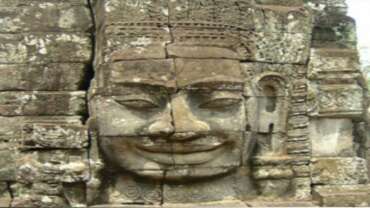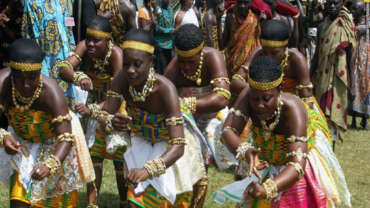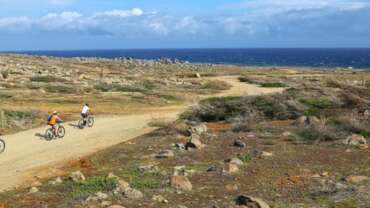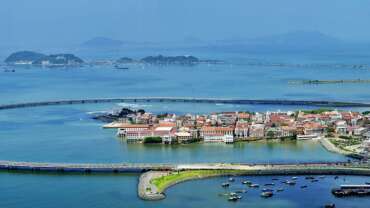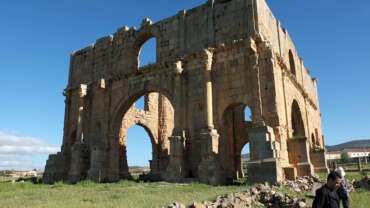Oman - Beauty has an address!
OMAN IS CONSIDERED A HIDDEN JEWEL
The Sultanate of Oman is a country of breath-taking natural beauty, interwoven with a kaleidoscope of history and legends. As the oldest independent state in the Arab World, Oman has embraced modernisation and progress while retaining the core aspects of its culture and heritage – making it the perfect travel destination for those seeking an authentic Arabian experience.
The Sultanate of Oman is the only country in the world composed mostly of oceanic crust and rocks that originate from the Earth’s mantle. Evidence of continental drift can be witnessed in many of the unusual rock formations and topography around Oman, including the coastline around Muscat.
Oman’s culture is deeply rooted in the Sultanate’s proud heritage and history of seafaring, trading and exploration. Today, long-standing traditions blend seamlessly with modern day living, with the latest fashion and electronics brands sold alongside traditional hand-made crafts, jewellery, and even goats and cattle at souqs around the country.
Omanis are very welcoming of visitors from other countries, a fact that is reflected in the generous hospitality extended to guests.
History of Oman
A KALEIDOSCOPE OF HISTORY AND LEGENDS
The Sultanate of Oman is a country of breath-taking natural beauty, interwoven with a kaleidoscope of history and legends. As the oldest independent state in the Arab World, Oman has embraced modernisation and progress while retaining the core aspects of its culture and heritage – making it the perfect travel destination for those seeking an authentic Arabian experience.
Thanks to its strategic position at the tip of the Arabian Peninsula, the Sultanate has always played a major role in trade including the ancient Silk Road and Spice Routes where Oman served as a gateway for all ships traversing the Strait of Hormuz, Indian Ocean or the Arabian Sea. Al Wattih, in the Muscat region, is thought to be one of the world’s first inhabited settlements, with artefacts found to date back to the Stone Age. Later, and before the coming of Islam, Oman was dominated by the Assyrians, Babylonians and Persians – each of whom sought to use Oman’s strategic location to trade with the world. It was with the spread of Islam in Oman, around the 7th century, that the first place of worship was built. The Al Midhmar mosque in Wilayat Samail still stands to this day, having been rebuilt at various times throughout the centuries.
Over the coming centuries, the rule in Oman divided amongst a variety of dynasties, imamates and foreign powers, including the Portuguese from 1498 to 1507. Oman’s history tells the story of Omani people expelling the Portuguese to unite under Iman Nasser bin Murshid in 1624.
In the years that followed, the Sultanate expanded to include cities along the East African coast, from Mombasa to Zanzibar.
In 1798, Oman and Great Britain signed a Treaty of Friendship and, by 1891, Oman and Muscat had become a British Protectorate. For much of this period, the Sultan controlled the coast around Muscat while the Imam governed the interior from Nizwa. Under the 1951 Treaty of Friendship, Commerce and Navigation, Oman received independence from Britain.
Following this independence, the country was brought under the leadership of Sultan Said bin Taimur. However, it was not until his son – His Majesty Sultan Qaboos bin Said – ascended to the throne in 1970 that Oman entered a modern renaissance, evolving into the contemporary, forward facing country it is today.
It is His Majesty Sultan Qaboos bin Said’s foresight and benevolence that has helped to secure Oman’s continued prosperity and ensured that the country remains one of the safest in the world.
People of Oman
A PEACEFUL AND ACCEPTING CULTURE
His Majesty Sultan Qaboos bin Said has successfully united all tribes since his ascension in 1970, ensuring that the country and its people work together to build the country. Oman has a population of just over 4 million people. It is an Islamic country which is very accepting of other religions and cultures, allowing anyone to practice their faith freely without prejudice.
It is this kind of peaceful and accepting culture that makes Oman one of the safest and most liveable countries in the world. Omanis are very welcoming of visitors from other countries, a fact that is reflected in the generous hospitality extended to guests.
Cultural Life of Oman
GENEROUS HOSPITALITY EXTENDED TO GUESTS
Oman’s culture is deeply rooted in the Sultanate’s proud heritage and history of seafaring, trading and exploration. Today, long-standing traditions blend seamlessly with modern day living, with the latest fashion and electronics brands sold alongside traditional hand-made crafts, jewellery, and even goats and cattle at souqs around the country.
Despite Oman’s relatively rapid transformation to a modern society since His Majesty Sultan Qaboos bin Said ascended the throne in 1970 but the country has never lost sight of its roots. Traditional Omani culture is embedded in nearly every aspect of daily life, from clothing and food, arts and crafts, to the way Omanis welcome visitors. The uniquely Omani culture and heritage continues today in many of the same ways it has been for hundreds of years.
Oman is a wonderland for a geology travellers
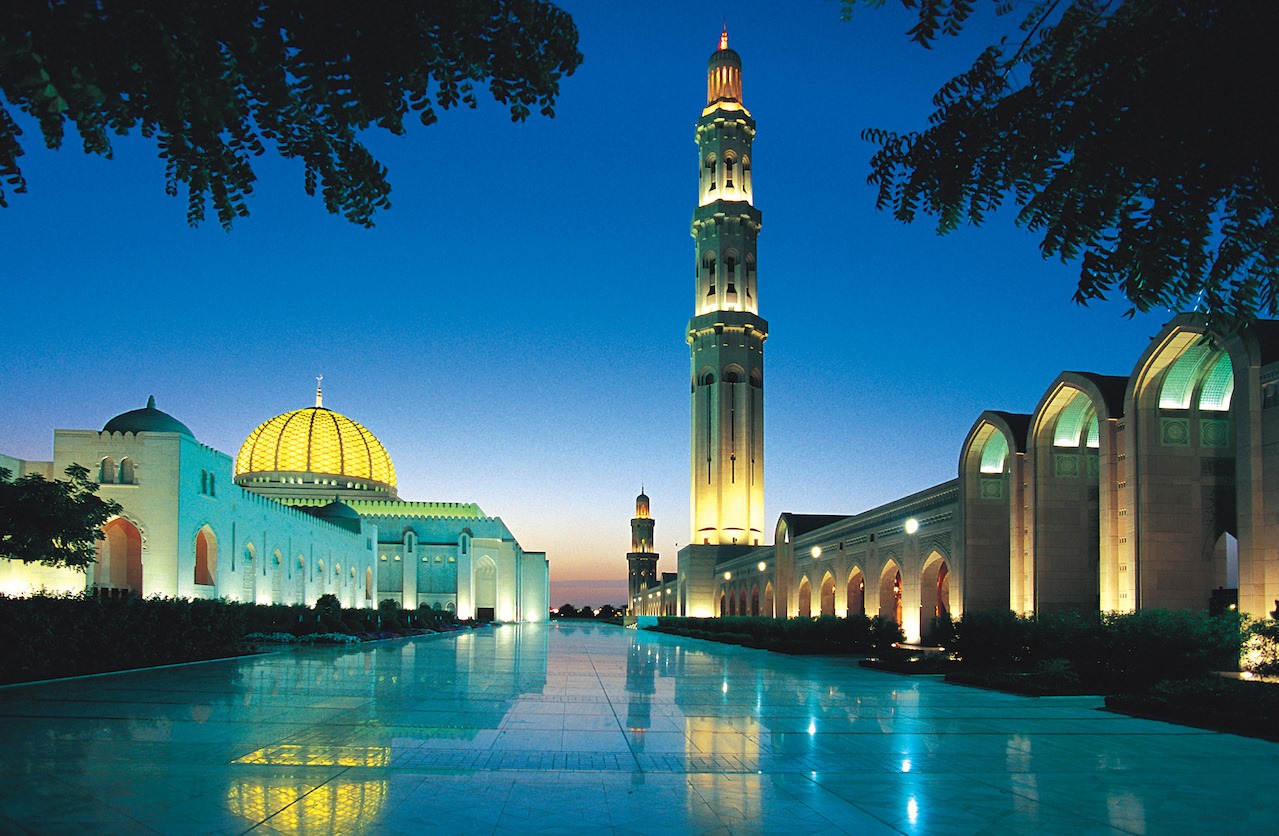
Oman is a wonderland for travellers with a keen interest in geology. Geological stories can be found just about anywhere, from Oman’s highest mountain, Jebel Shams, to the mega-dunes of the Empty Quarter (Rub Al Khali) and the Rock Garden at Duqm.
The Sultanate of Oman is the only country in the world composed mostly of oceanic crust and rocks that originate from the Earth’s mantle. Evidence of continental drift can be witnessed in many of the unusual rock formations and topography around Oman, including the coastline around Muscat.
One of the most outstanding geological features of the country is the Al Hajar Mountain range, which forms an arc from the north-west to the south-east of the country.
Jebel Shams, at just over 3000 metres, is Oman’s highest mountain and truly a geological outdoor museum with fossils embedded in rocks hundreds of metres above sea level.



